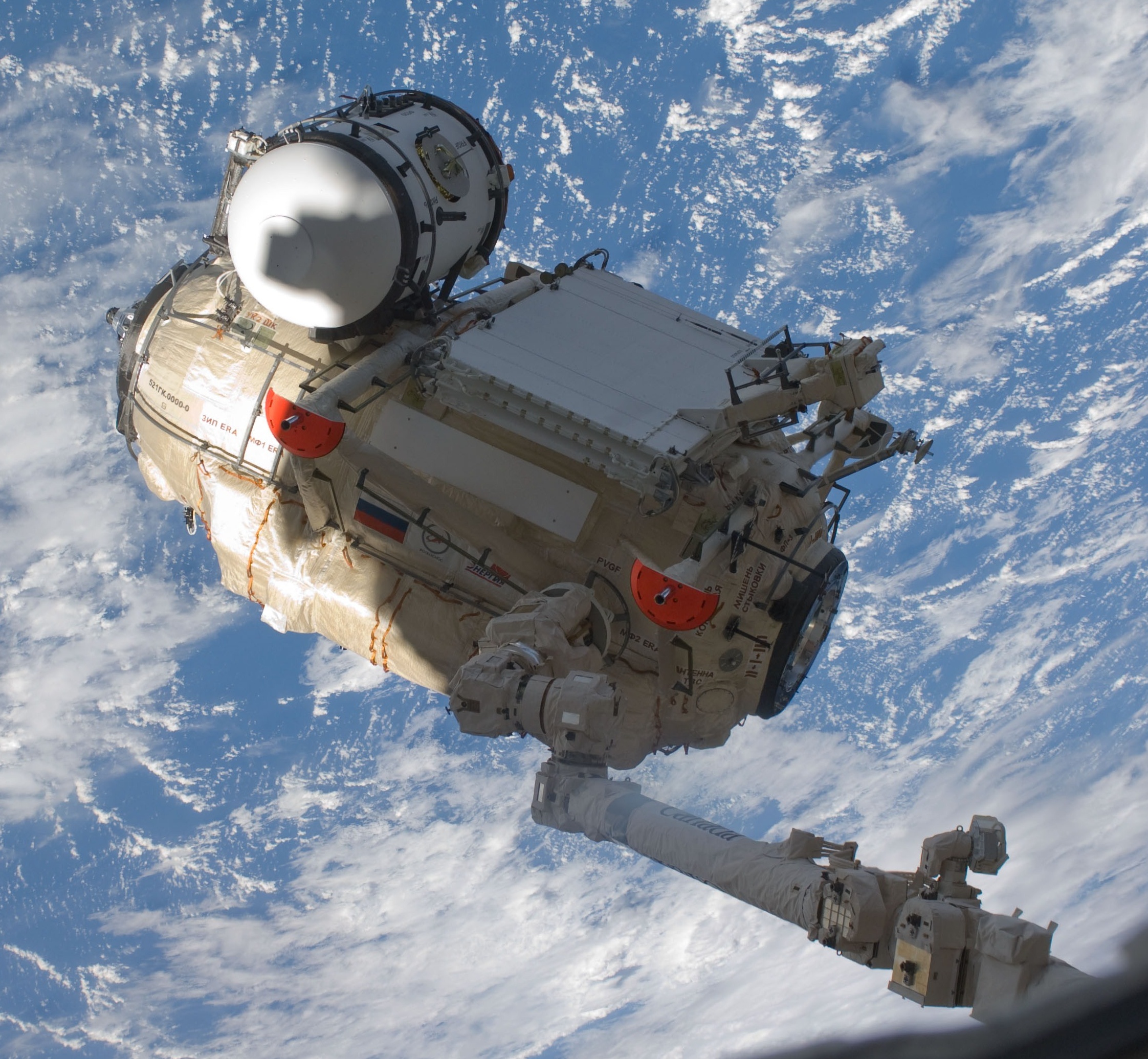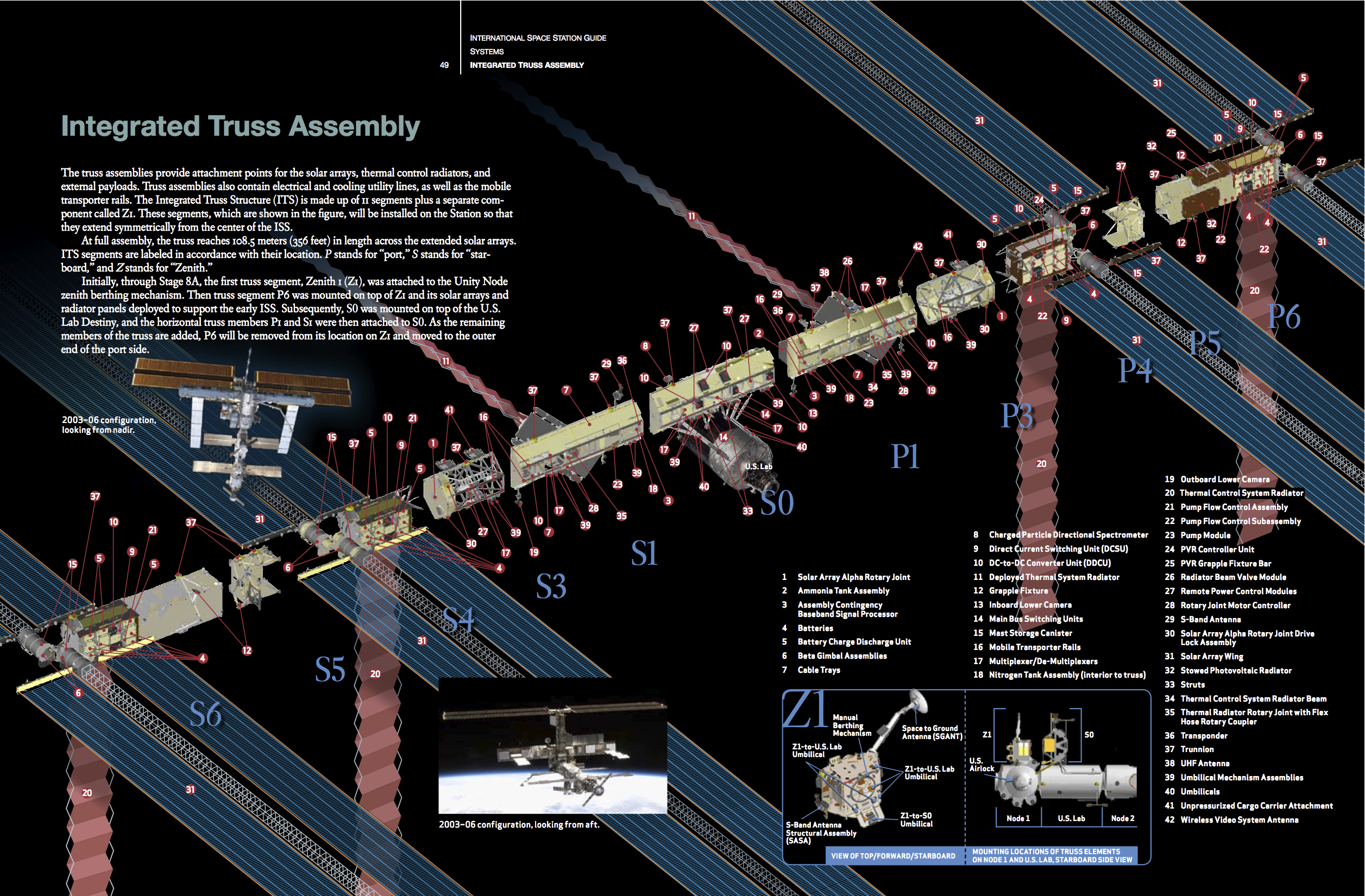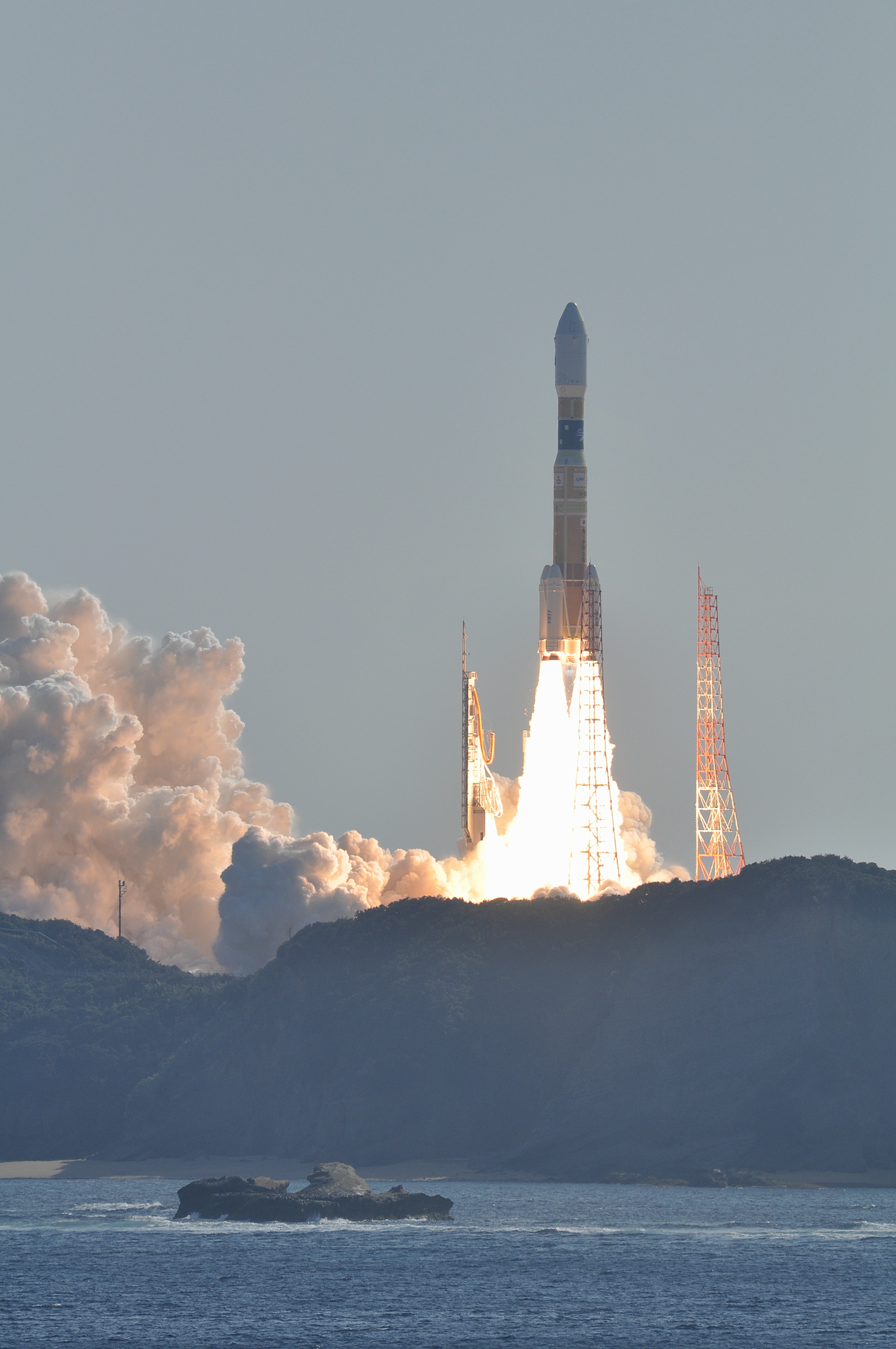|
Special Purpose Dextrous Manipulator
Dextre, also known as the Special Purpose Dexterous Manipulator (SPDM), is a two armed robot, or telemanipulator, which is part of the Mobile Servicing System on the International Space Station (ISS), and does repairs that would otherwise require astronauts to do spacewalks. It was launched on March 11th, 2008 on the mission STS-123. Dextre is a small part of Canada's contributions to the ISS and was named to represent its dexterous nature. Dextre is the newest of three Canadian robotic arm used on the ISS, preceded by the Space Shuttle's Canadarm and the large Canadarm2. Dextre was designed and manufactured by MDA.CanWest News Service'"Canada Hand" successfully installed', 15 March 2006 In the early morning of February 4, 2011, Dextre completed its first official assignment which consisted of unpacking two pieces for Kounotori 2 while the on-board crew was sleeping. [...More Info...] [...Related Items...] OR: [Wikipedia] [Google] [Baidu] |
NASA
The National Aeronautics and Space Administration (NASA ) is an independent agency of the US federal government responsible for the civil space program, aeronautics research, and space research. NASA was established in 1958, succeeding the National Advisory Committee for Aeronautics (NACA), to give the U.S. space development effort a distinctly civilian orientation, emphasizing peaceful applications in space science. NASA has since led most American space exploration, including Project Mercury, Project Gemini, the 1968-1972 Apollo Moon landing missions, the Skylab space station, and the Space Shuttle. NASA supports the International Space Station and oversees the development of the Orion spacecraft and the Space Launch System for the crewed lunar Artemis program, Commercial Crew spacecraft, and the planned Lunar Gateway space station. The agency is also responsible for the Launch Services Program, which provides oversight of launch operations and countdown management f ... [...More Info...] [...Related Items...] OR: [Wikipedia] [Google] [Baidu] |
Mobile Servicing System
The Mobile Servicing System (MSS), is a robotic system on board the International Space Station (ISS). Launched to the ISS in 2001, it plays a key role in station assembly and maintenance; it moves equipment and supplies around the station, supports astronauts working in space, and services instruments and other payloads attached to the ISS and is used for external maintenance. Astronauts receive specialized training to enable them to perform these functions with the various systems of the MSS. The MSS is composed of three components: * the Space Station Remote Manipulator System (SSRMS), known as Canadarm2. * the Mobile Remote Servicer Base System (MBS). * the Special Purpose Dexterous Manipulator (SPDM, also known as "Dextre" or "Canada hand"). The system can move along rails on the Integrated Truss Structure on top of the US provided Mobile Transporter cart which hosts the MRS Base System. The system's control software was written in the Ada 95 programming language. The M ... [...More Info...] [...Related Items...] OR: [Wikipedia] [Google] [Baidu] |
Grapple Fixture
Grapple fixtures are used on spacecraft or other objects to provide a secure connection for a robotic arm. North America The fixtures allowed the Space Shuttle's Canadarm (also known as the Shuttle Remote Manipulator System, or SRMS) to safely grapple large objects (e.g. ISS components, or satellites e.g. HST). They currently do the same for the International Space Station's Space Station Remote Manipulator System (SSRMS) (also known as Canadarm2) and the Japanese Experiment Module Remote Manipulator System (JEMRMS). The grapple fixtures are flat in appearance, with a central grapple pin topped with a sphere which the snares in the end of the arms latch on to. They use three "ramps" that help guide the robotic arm correctly onto the grapple fixture. Development The North American grapple fixture was developed at Spar Aerospace in the 1970s. Its invention is credited to Frank Mee, who also invented the Canadarm end effector for the Space Shuttle. The Grapple Fixture design wa ... [...More Info...] [...Related Items...] OR: [Wikipedia] [Google] [Baidu] |
Latching End Effector
The Mobile Servicing System (MSS), is a robotic system on board the International Space Station (ISS). Launched to the ISS in 2001, it plays a key role in station assembly and maintenance; it moves equipment and supplies around the station, supports astronauts working in space, and services instruments and other payloads attached to the ISS and is used for external maintenance. Astronauts receive specialized training to enable them to perform these functions with the various systems of the MSS. The MSS is composed of three components: * the Space Station Remote Manipulator System (SSRMS), known as Canadarm2. * the Mobile Remote Servicer Base System (MBS). * the Special Purpose Dexterous Manipulator (SPDM, also known as "Dextre" or "Canada hand"). The system can move along rails on the Integrated Truss Structure on top of the US provided Mobile Transporter cart which hosts the MRS Base System. The system's control software was written in the Ada 95 programming language. The M ... [...More Info...] [...Related Items...] OR: [Wikipedia] [Google] [Baidu] |
Orbital Replacement Unit
Orbital replacement units (or on-orbit replaceable unit) (ORUs) are key elements of the International Space Station that can be readily replaced when the unit either passes its design life or fails. ORUs are parts of the main systems and subsystems of the external elements of the ISS, none are intended to be installed inside the pressurised modules. Examples of ORUs are: pumps, storage tanks, controller boxes, antennas, and battery units. Such units are replaced either by astronauts during EVA or by the Dextre (SPDM) robotic arm. All are stored on the three external stowage platforms (ESPs) or the four ExPRESS Logistics Carriers (ELCs) mounted on the Integrated Truss Structure (ITS). Introduction While spare parts/ORUs were routinely brought up and down during the ISS life-time via Space Shuttle resupply missions, there was a heavy emphasis once the Station was considered complete. Several Shuttle missions were dedicated to the delivery of ORUs using support carrier structures/p ... [...More Info...] [...Related Items...] OR: [Wikipedia] [Google] [Baidu] |
Grapple Fixture
Grapple fixtures are used on spacecraft or other objects to provide a secure connection for a robotic arm. North America The fixtures allowed the Space Shuttle's Canadarm (also known as the Shuttle Remote Manipulator System, or SRMS) to safely grapple large objects (e.g. ISS components, or satellites e.g. HST). They currently do the same for the International Space Station's Space Station Remote Manipulator System (SSRMS) (also known as Canadarm2) and the Japanese Experiment Module Remote Manipulator System (JEMRMS). The grapple fixtures are flat in appearance, with a central grapple pin topped with a sphere which the snares in the end of the arms latch on to. They use three "ramps" that help guide the robotic arm correctly onto the grapple fixture. Development The North American grapple fixture was developed at Spar Aerospace in the 1970s. Its invention is credited to Frank Mee, who also invented the Canadarm end effector for the Space Shuttle. The Grapple Fixture design wa ... [...More Info...] [...Related Items...] OR: [Wikipedia] [Google] [Baidu] |
Orbital Replacement Unit
Orbital replacement units (or on-orbit replaceable unit) (ORUs) are key elements of the International Space Station that can be readily replaced when the unit either passes its design life or fails. ORUs are parts of the main systems and subsystems of the external elements of the ISS, none are intended to be installed inside the pressurised modules. Examples of ORUs are: pumps, storage tanks, controller boxes, antennas, and battery units. Such units are replaced either by astronauts during EVA or by the Dextre (SPDM) robotic arm. All are stored on the three external stowage platforms (ESPs) or the four ExPRESS Logistics Carriers (ELCs) mounted on the Integrated Truss Structure (ITS). Introduction While spare parts/ORUs were routinely brought up and down during the ISS life-time via Space Shuttle resupply missions, there was a heavy emphasis once the Station was considered complete. Several Shuttle missions were dedicated to the delivery of ORUs using support carrier structures/p ... [...More Info...] [...Related Items...] OR: [Wikipedia] [Google] [Baidu] |
Kounotori 2
Kounotori 2 (こうのとり2号機, "white stork" ), also known as HTV-2, was launched in January 2011 and was the second flight of the Japanese H-II Transfer Vehicle to resupply the International Space Station (ISS). It was launched by the H-IIB Launch Vehicle No. 2 (H-IIB F2) manufactured by Mitsubishi Heavy Industries (MHI) and JAXA. After the supplies were unloaded, Kounotori 2 was loaded with waste material from ISS, including used experiment equipment and used clothes. Kounotori 2 was then unberthed and separated from the ISS and burned up upon reentering the atmosphere on 30 March 2011. Specifications Kounotori 2 is across and about long. It consists primarily of three parts: a Propulsion Module, an Avionics Module, and a Logistics Carrier. The propulsion module is installed at the rear of the Kounotori and is composed of the main engines for orbit change, the reaction control system (RCS) thrusters for positioning and attitude control, fuel and oxidizing reagent ta ... [...More Info...] [...Related Items...] OR: [Wikipedia] [Google] [Baidu] |
MDA (company)
MDA Ltd. is a Canadian space technology company headquartered in Brampton, Ontario, Canada, that provides geointelligence, robotics & space operations, and satellite systems. History MDA (formerly MacDonald, Dettwiler and Associates) was founded in 1969 by John S. MacDonald and Vern Dettwiler in the basement of MacDonald's Vancouver home. The company became a subsidiary of Orbital Sciences Corporation (OSC) from the United States on 17 November 1995. MDA was primary contractor for, and took ownership of, the RADARSAT-2 Earth observation satellite. MDA bought the space robotics division of Spar Aerospace—manufacturer of the Canadarm—in March 1999, renaming it MD Robotics. The company completed the Mobile Servicing System (including the Canadarm2) for the International Space Station. OSC sold its entire stake in 2001. Nearly 70% was sold to a group of Canadian investors; the Ontario Teachers' Pension Plan (OTPP) became the largest shareholder with a 29% stake. In the 2000s, ... [...More Info...] [...Related Items...] OR: [Wikipedia] [Google] [Baidu] |
Canadarm2
The Mobile Servicing System (MSS), is a robotic system on board the International Space Station (ISS). Launched to the ISS in 2001, it plays a key role in station assembly and maintenance; it moves equipment and supplies around the station, supports astronauts working in space, and services instruments and other payloads attached to the ISS and is used for external maintenance. Astronauts receive specialized training to enable them to perform these functions with the various systems of the MSS. The MSS is composed of three components: * the Space Station Remote Manipulator System (SSRMS), known as Canadarm2. * the Mobile Remote Servicer Base System (MBS). * the Special Purpose Dexterous Manipulator (SPDM, also known as "Dextre" or "Canada hand"). The system can move along rails on the Integrated Truss Structure on top of the US provided Mobile Transporter cart which hosts the MRS Base System. The system's control software was written in the Ada 95 programming language. The M ... [...More Info...] [...Related Items...] OR: [Wikipedia] [Google] [Baidu] |
Canadarm
Canadarm or Canadarm1 (officially Shuttle Remote Manipulator System or SRMS, also SSRMS) is a series of robotic arms that were used on the Space Shuttle orbiters to deploy, manoeuvre, and capture payloads. After the Space Shuttle ''Columbia'' disaster, the Canadarm was always paired with the Orbiter Boom Sensor System (OBSS), which was used to inspect the exterior of the shuttle for damage to the thermal protection system. Development In 1969, Canada was invited by the National Aeronautics and Space Administration (NASA) to participate in the Space Shuttle program. At the time what that participation would entail had not yet been decided but a manipulator system was identified as an important component. Canadian company DSMA ATCON had developed a robot to load fuel into CANDU nuclear reactors; this robot attracted NASA's attention. In 1975, NASA and the Canadian National Research Council (NRC) signed a memorandum of understanding that Canada would develop and construc ... [...More Info...] [...Related Items...] OR: [Wikipedia] [Google] [Baidu] |
Dexterity
Fine motor skill (or dexterity) is the coordination of small muscles in movement with the eyes, hands and fingers. The complex levels of manual dexterity that humans exhibit can be related to the nervous system. Fine motor skills aid in the growth of intelligence and develop continuously throughout the stages of human development. Types of motor skills Motor skills are movements and actions of the bone structures. Typically, they are categorised into two groups: gross motor skills and fine motor skills. Gross motor skills are involved in movement and coordination of the arms, legs, and other large body parts. They involve actions such as running, crawling and swimming. Fine motor skills are involved in smaller movements that occur in the wrists, hands, fingers, feet and toes. Specifically, single joint movements are fine motor movements and require fine motor skills. They involve smaller actions such as picking up objects between the thumb and finger, writing carefully, and blin ... [...More Info...] [...Related Items...] OR: [Wikipedia] [Google] [Baidu] |








